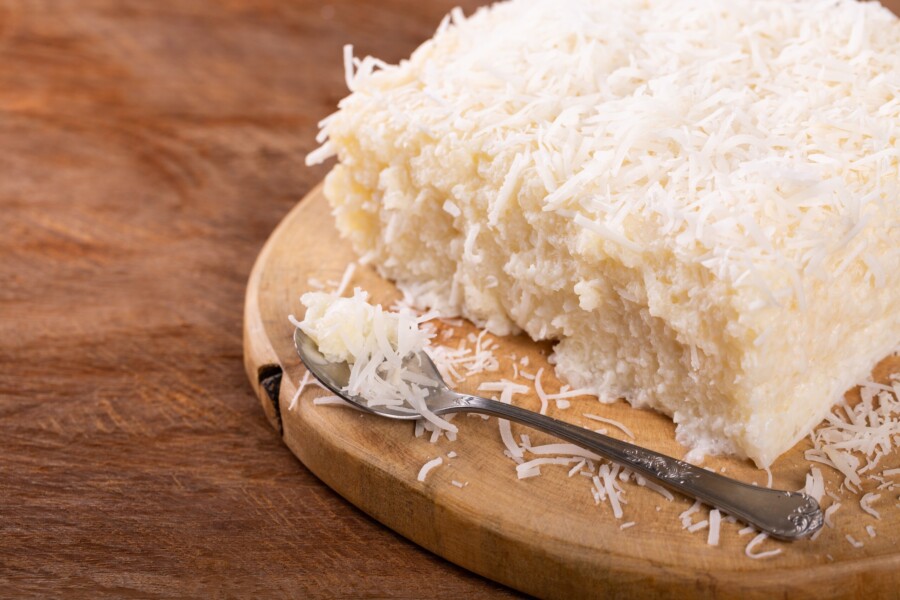In Brazil, June marks a time to light bonfires, cook seasonal dishes with corn, and celebrate the saints honored for generations across the countryside. It all begins with Saint Anthony, honored on the 13th, who opens the calendar of festivities with faith, flavor, and rural heritage.
A Saint Close to Rural Communities
Known as the “matchmaking saint,” Saint Anthony of Lisbon is especially revered in Brazil’s rural areas. Besides romance, he symbolizes abundance, family protection, and a spiritual connection to the land.
One of the most symbolic traditions is the “bread of Saint Anthony,” which people keep at home as a sign that there will always be food on the table. In farming communities, families pray to him for rain, good harvests, and the strength to work the land.

From the Field to the Table
Across Brazil, especially in the Northeast and rural Southeast regions, June is celebrated with local foods, community gatherings, and regional musical rhythms such as forró. These deeply rooted traditions highlight the values of solidarity, hard work, and gratitude shared by rural families.
However, the heart of Brazil’s June festivals is food. Behind every sweet and savory dish is a story of small-scale farming, rural heritage, and seasonal ingredients.
Corn is the star of the season. It features in iconic recipes like pamonha (grated corn steamed in husks) and curau (sweet corn pudding). Dishes like canjica (white corn porridge), corn cake, and freshly boiled corn celebrate the ingredient’s versatility and its connection to family farming traditions.
Peanuts are another seasonal favorite. Grown by small farmers in the Southeast and Cerrado regions, they’re roasted or used to prepare traditional sweets like paçoca and pé-de-moleque, showcasing the rustic charm of handmade Brazilian candy.
Cassava, a staple root crop, plays a central role in Brazil’s culinary heritage. From beiju and tapioca to cassava cake and couscous, it reflects the creativity and sustainability of local food systems. Cassava supports small-scale producers and brings flavor to both daily meals and festive recipes.
Lastly, cachaça, a traditional sugarcane spirit distilled in rural regions, is the base of quentão (mulled wine), the iconic drink that warms up Brazil’s cool June nights. Traditionally served steaming hot, quentão blends cachaça with ginger, cloves, cinnamon, sugar, and orange peel. The result is a fragrant, spiced drink that evokes the warmth of bonfires and the convivial spirit of rural festivities.